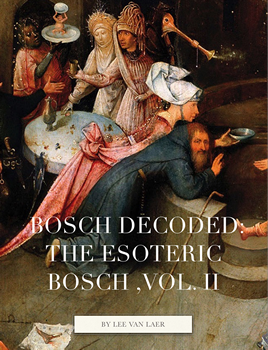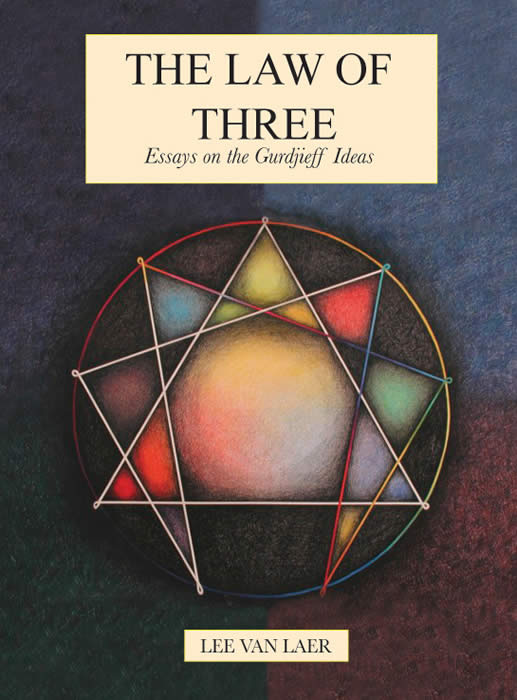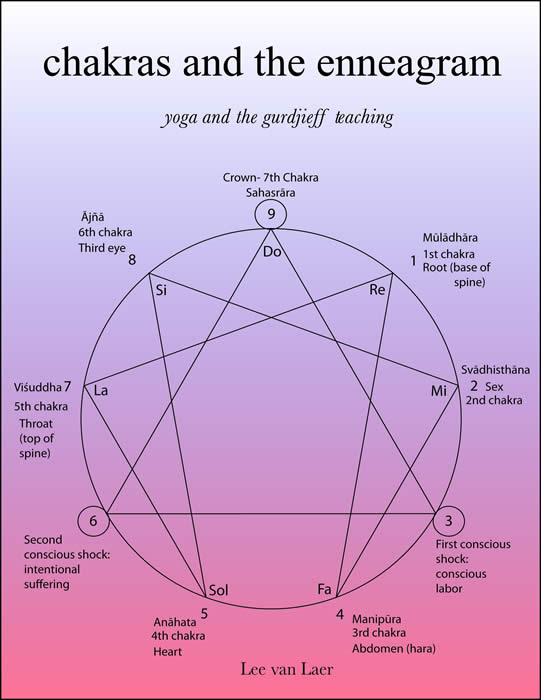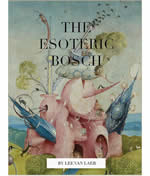Bosch Decoded
AN e-book in ibooks and .pdf format
264 pages. Many detailed illustrations.
A comprehensive analysis of The Temptation of St. Anthony (Lisbon, Portugal) and The Haywain (The Prado, Madrid), along with chapters on Reading Bosch, the Inner and the Outer, Cutting the Stone, The Personhood of the Divine, and Chakras and the Divine Flow.
For the ibooks format (apple book format for ipad, iphone, and mac) please visit the itunes bookstore.
For the .pdf format (compatible with both PC and Mac readers) return to the order books page:
The .pdf is a zipped file which will self-extract once downloaded and clicked.
This is a 256 MB file, so it will take a bit of time to download!
|
Introduction
When I published the first volume of this book in 2013, it remained apparent that a great deal work was left to be done on the subject of Hieronymus Bosch and his paintings.
Bosch used a consistent symbolic vocabulary throughout most of his paintings, and many of them are related, both visually and thematically, building a body of work with a broad base of insights into the human condition and esoteric inner work. The vocabulary was certainly particular to his place and time, but the themes and treatments are ultimately timeless: various cultures will use different words to describe the same thing, but a rose is a rose is a rose.
In the case of Hieronymus Bosch, a thorn is also a thorn; he did not hesitate to populate his paintings with thorns, crowns of them, along with saints, demons, and—quite literally—all the company of heaven.
Since I completed the first book, I have often pondered the fact that so much of what Bosch definitely meant has been lost to us. We are forced, in the end, to attempt to reconstruct his narrative very nearly by instinct; and simply stringing together individual facts about potential sources for the various illustrations in his paintings, separating symbolic meanings into individual compartments, never seems enough to me. Each painting is a whole narrative, an entire story unto itself; and this understanding demands a reinvention of the narrative, even if we miss some of the exact details. The narrative is, after all, universal and eternal; and I believe that Bosch trusted both the intelligence of his viewers and the excellence of his skills enough to deliver us works that can still be read, in their essence, even today, despite the daunting span of time, understanding, and experience that lies between his age and our own. The inner human condition, after all, does not change much from age to age, as our technology does; in the technology of the soul, things remain the same, no matter how much we change our outward circumstances.
Outward circumstances, as it happens, have in many senses barely changed since Hieronymus Bosch painted his works. Over 500 years later, men are still murderous and brutal towards one another; mayhem and torture are common, war is endemic, greed rules behavior, and we have forgotten our own humanity — all themes Hieronymus Bosch would have been completely familiar with, and which we find in his paintings.
In this sense, his paintings are not ancient at all — they are paintings of now, and they always have been. They ask us to look inside ourselves and become responsible; and how many arts in this day, or any day, truly do that?
Bosch painted mythologies, by any measure. Mythologies may be decorated with yesterday’s architectural details, and yesterday’s clothing, but they always wear today’s interpretations—which are, in the end, valid because mythology belongs to all times, not just the ones we find ourselves in. Every generation, every culture, finds itself the custodian of their mythologies and is called to reinterpret them according to their own time and their own understanding. This is, perhaps, the whole point of mythology.
So pretending that Bosch’s paintings, the symbols, and the ideas in them belong exclusively to the time when he painted is errant — the paintings, as we have them, always belong to today. As such, my interpretations are today’s interpretations. They may not cleave to the explanations of the traditionalists; they attempt to explore a deeper and more universal territory than the idiosyncrasies of what monastic order this or that figure represents, or which folktale is being illustrated in an often bewildering juxtaposition of objects and images. Bosch’s images, after all, well up from the collective unconscious, from Jungian territory that touches us deep in the soul, in the dark places we cannot see with our eyes or explain strictly with our own words.
All of my work on Bosch is thus an attempt to lift at least a small corner of that veil.
What follows is the introduction to the original volume, which serves as well here as it did for the first volume. The bulk of what the reader encounters in the way of new material follows in the chapters, which treat a number of paintings that were not examined in the first book.
Lee van Laer, Sparkill, NY 2015 |
Lee van Laer was born in Yonkers, New York, in 1955, and spent a good deal of his childhood in Hamburg, Germany. He has spent the majority of his adult life in the Gurdjieff work, and is an active associate of the New York Gurdjieff Foundation.
Lee is an import professional by trade, and has traveled extensively, particularly in China and other parts of the Far East. He holds a degree in fine art from St. Lawrence University, and is an artist, musician, photographer, poet, and writer... sometimes.
Lee is currently senior editor for Parabola magazine.
His principal web site is at www.nefersweetie.com.
His blog is at www.zenyogagurdjieff.blogspot.com. |

![]() a Doremishock resource
a Doremishock resource


